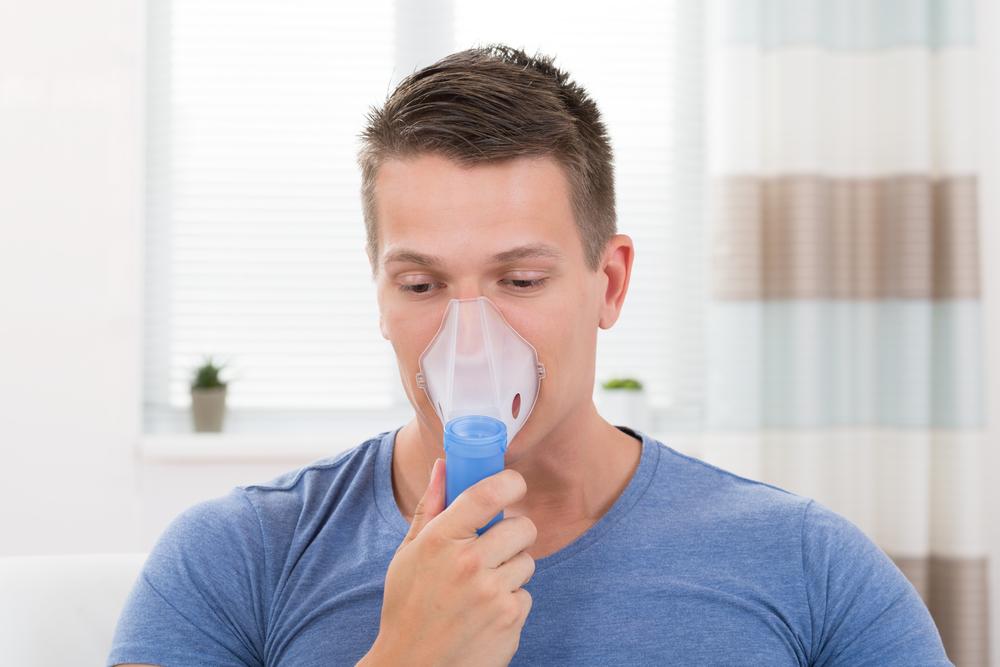Everything You Need to Know about COPD
Chronic obstructive pulmonary disease (COPD) is a lung-related inflammatory disease that obstructs the path of air. It is considered to be the third largest cause of death among people in the country. In this disease, there is mainly a slow inflammation of the bronchioles that carries gasses to the alveoli.
It may also affect the alveolar walls thus making it difficult for the lung to carry its function normally. It is a chronic disorder that develops with age and interferes with the flow of air through the constricted air passages.
What are the Causes of COPD?
- The predominant cause of COPD is long-term smoking.

What are the Symptoms of COPD?
The early symptoms of COPD are mild and can be often misinterpreted to be a common cold. Some of the symptoms include the following.
- A continuous and recurring cough
- There might be a need to constantly clear the throat in the morning
- Dyspnea or shortness of breath
The symptoms may worsen as the disease progresses. Some of the later symptoms include the following.
- Chest tightness, wheezing, and shortness of breath
- Intermittent fever and lack of energy
- Mucous deposition in the lungs
- Chronic coughing may be apparent at night
- Infection caused by the deposited fluid
It may later show some other symptoms:
- Swelling of ankles, legs, and feet
- Loss of appetite and weight
- Fatigue and the patient may find difficulty in speech and actions
- There may be grey or blue nail tips that indicate low oxygen is present in the circulation.
Therapy
Therapies are done by experts to reduce COPD having moderate to severe implication.
- Oxygen therapies are used to deliver oxygen to lungs with the help of devices. These are lightweight portable devices that make it efficient to be used while sleeping.
- Rehabilitation programs that provide counseling and exercises to the patient to help them benefit in a natural way.
Surgery
Surgery can be an option if there is a case of severe emphysema that does not show any signs of improvement with the help of medication.
- Lung transplant is an option available for specific people qualifying some criteria. This can enable the subject to have smooth respiration procedure.
- Bullectomy is the surgical removal of the bullae that are the large spaces that are formed in the lungs due to the destruction of the walls of the alveoli.

